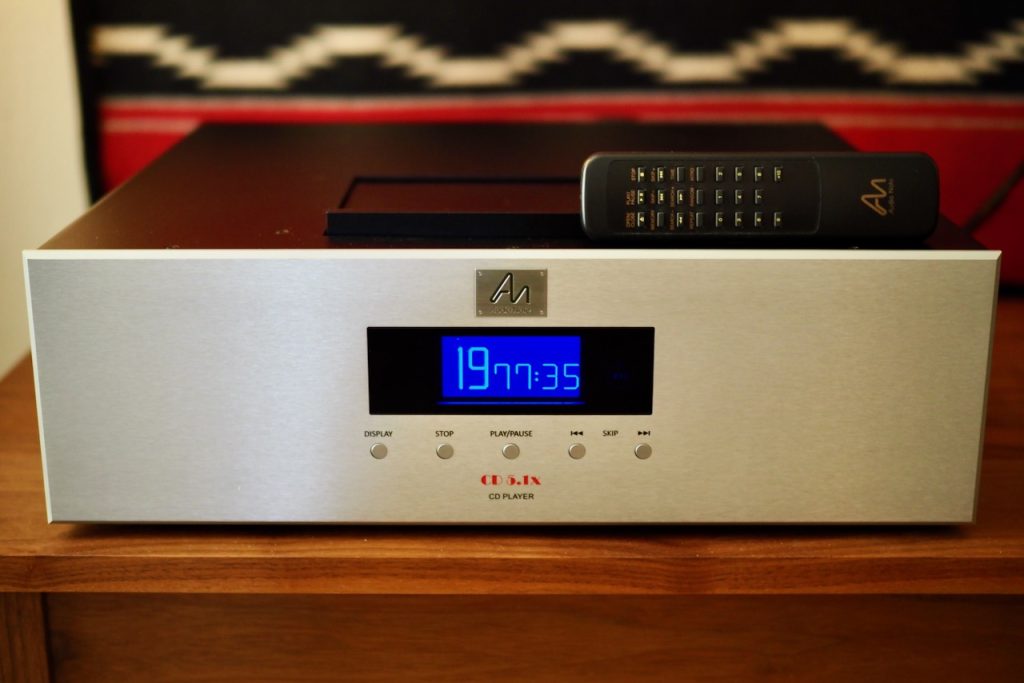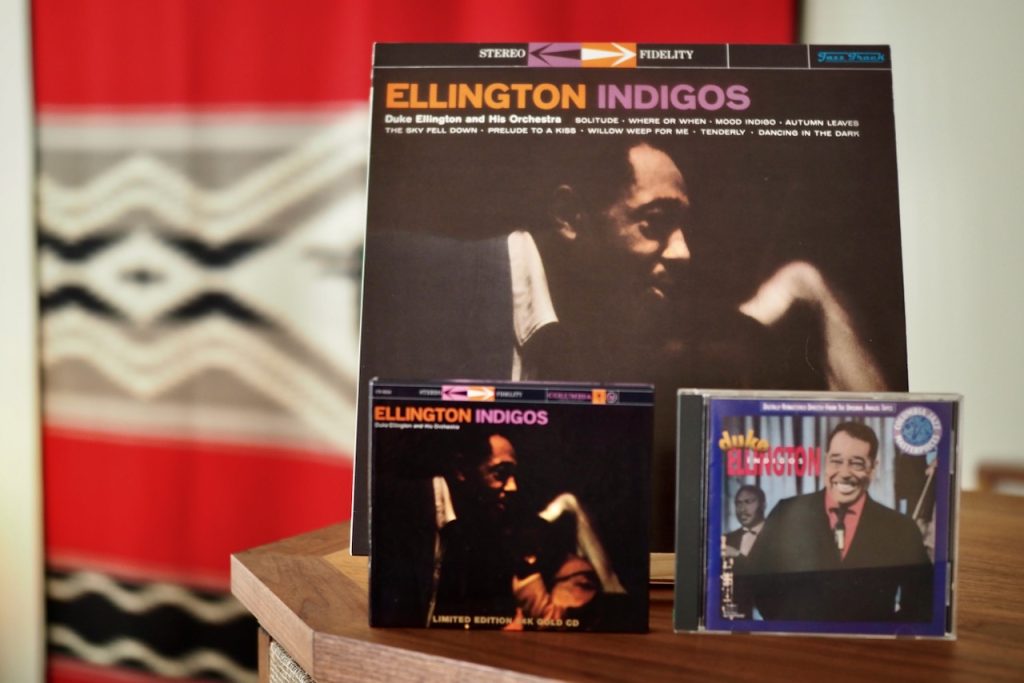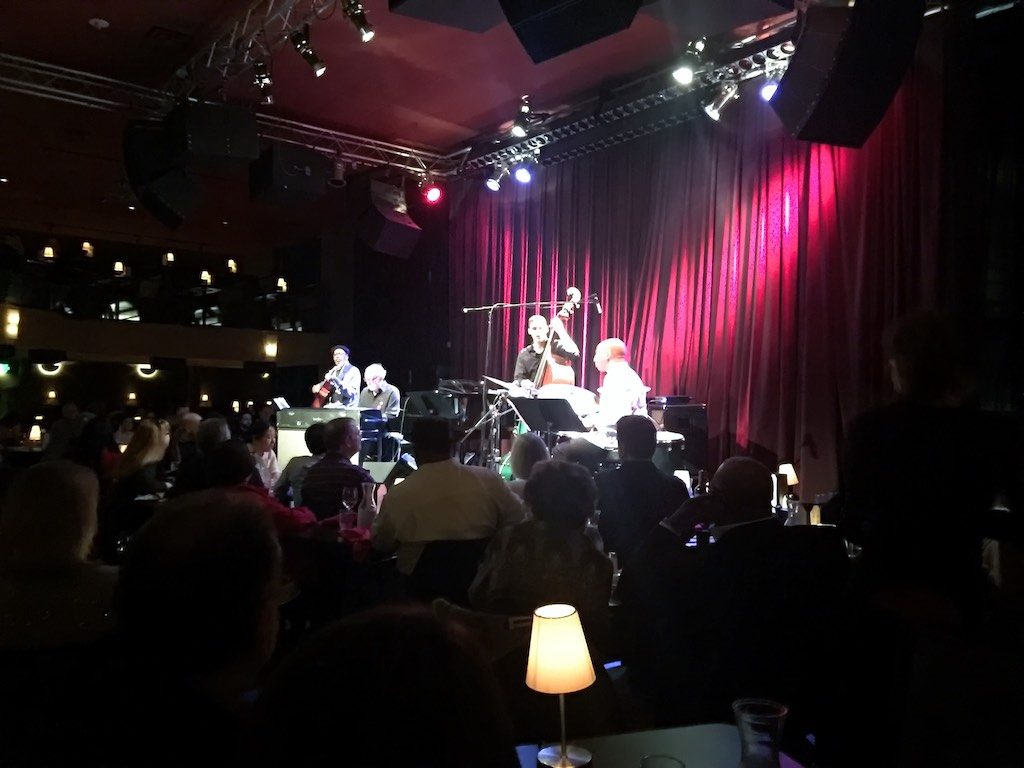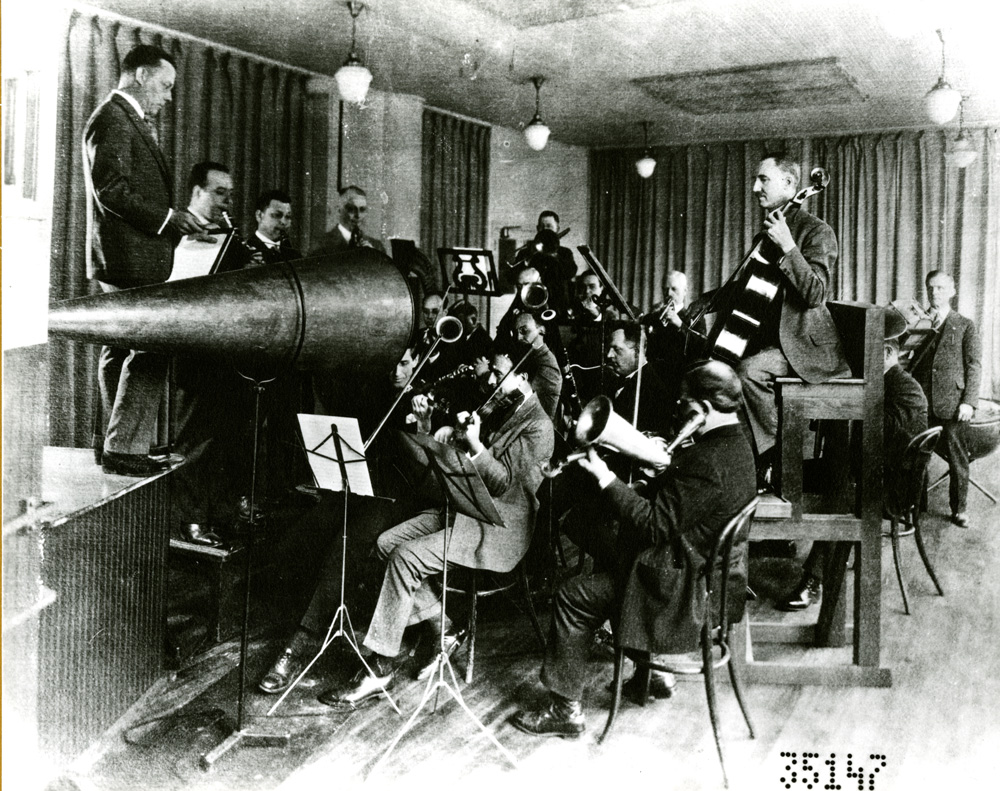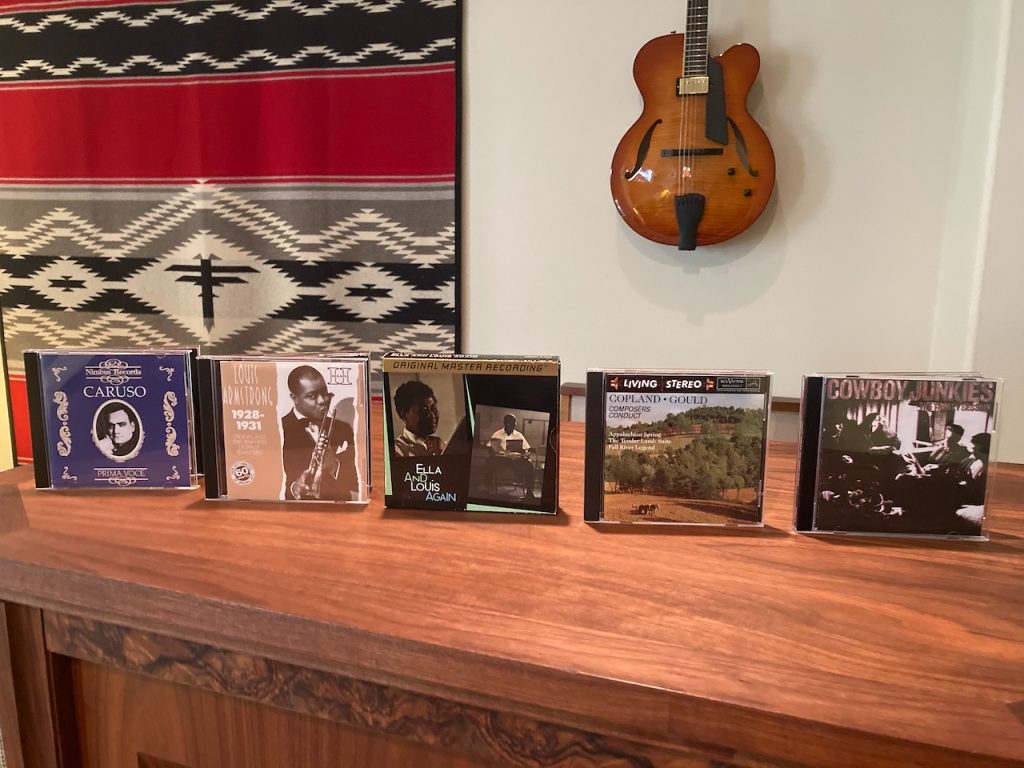Greetings friends, I hope you are well!
Update: Just a heads up that the Audio Note (UK) CD 5.1x CD player full feature review for Positive Feedback will be running a little late. I had to go in for Mohs surgery, and it turned out to be a little more extensive than expected, so I’m not doing any critical listening for a few more weeks until healing progresses and the pain subsides completely. Sorry for the delay.
So while listening is briefly postponed, I thought I’d do a little stream of consciousness noodling on the topic of “high-fidelity” - and other stuff - in the audio and recording arts.
I see the term “high-fidelity” bandied about quite a lot by us audio hobbyists, which can be defined as “… the reproduction of sound with little distortion, giving a result very similar to the original” (Oxford Languages).
So to be clear, the source of sound in that context of high-fidelity are the albums that you can buy and listen to over your home hi-fi system, rather than the sound of the original musical performances.
As enjoyable as the recording arts can be, it is an impossibility to accurately capture the sound of those original musical performances in recordings.
There’s no such thing as a perfect microphone, recording media, or other electronics used in the recording arts, as they all introduce some deviation in accuracy to the recorded audio signal - often intentionally - compared to the actual sound of the live music event.
While the idea of being able to hear that original live music performance reproduced accurately in a home audio system is alluring, and a not unworthy aspirational goal, it is not really achievable, first and foremost due to the impossibility of perfectly capturing the sound of a live music performance during the recording process.
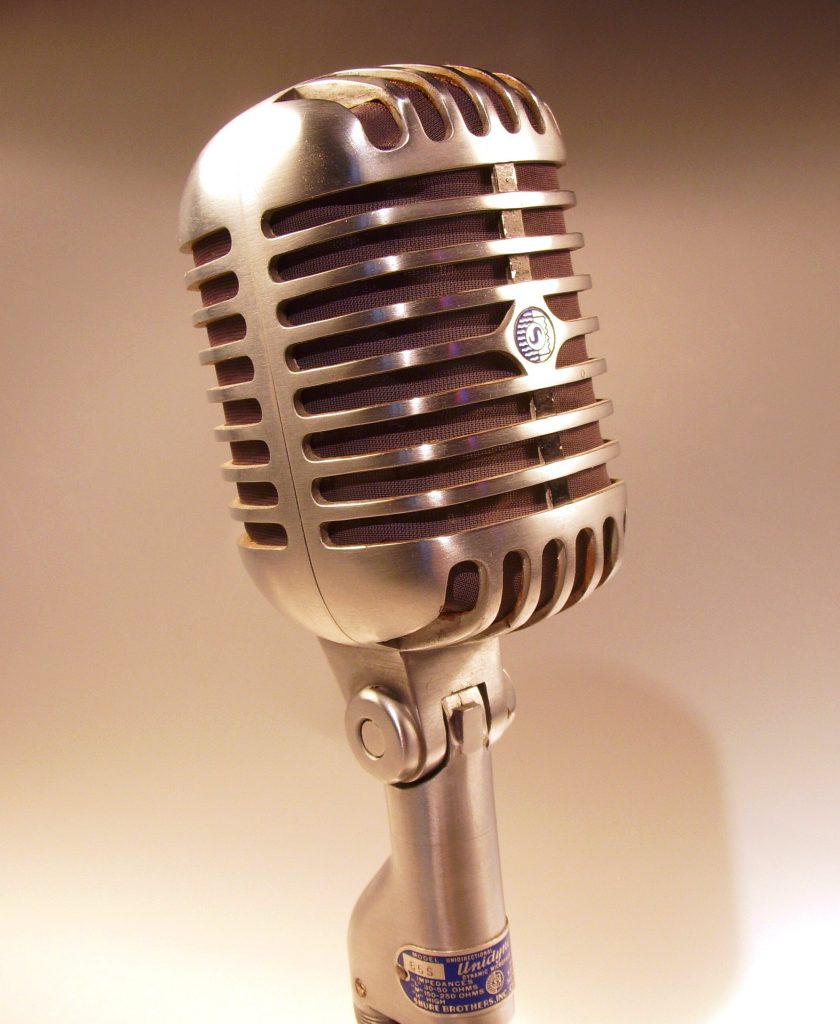
Shure Brothers microphone, model 55s, Multi-Impedance "Small Unidyne" Dynamic from 1951. Photo by Holger Ellgaard, shared under the Wikipedia Creative Commons license.
You can’t play back over a home audio system what wasn't captured in the recording process to begin with.
I recommend reading through all the informative material at the excellent website Teach Me Audio to get a glimpse into what is really done in the recording arts these days. You’ll go on an adventurous journey through recording, mixing, and mastering processes used in contemporary recording arts.
I think one can safely conclude that those albums we enjoy listening to represent an artful collaboration between the musicians and the recording arts to produce a unique work of audio art in itself, that as an end result is an album that you can purchase and enjoy listening to in your home audio system.
Albums typically aren’t intended to be an accurate reproduction of the sound of the original musical events, but rather are artful representations of those original musical events.
Those artfully produced albums that we love are the result of collaborations between musicians and the recordings arts, and are our source material for playback on home hi-fi systems.
When we take a historical look at the recording arts, from the acoustic era (1877 to 1925), the electric era (1925 to 1945), the magnetic era (1945 to 1975), and the digital era (1975 to today), all of the albums that were produced were collaborations between musicians and the recording arts to produce an album we will enjoy listening to at home.
The fidelity of all those albums in our recorded music canon, compared to the live music events from which they were derived, vary a lot, from the lower fidelity early recordings to the later higher fidelity recordings.
Yet those recordings and the albums they yielded all provide us a glimpse into the great musical performances that have been documented since the advent of the recording arts.
One of my personal goals is to be able to play all of those albums back in my home hi-fi system in a fashion that allows me to enjoy those albums to the maximum extent possible, regardless of their fidelity to the original musical event being documented.
For whatever the fidelity of the albums are in relation to the live musical event from which they are derived, I want to have insights into both the contributions from the musicians, and from the artful manipulation of that music by those in the recording arts.
I want to listen to and be moved by the music from the albums in each of Planet Earth’s recording eras, yet still be aware of the influence of the recording techniques used in producing those albums.
Among the pro audio segment there is a belief that the fidelity of any audio equipment can be reliably determined by measuring noise, frequency response, distortion, and time-based errors, for example, if done in the correct way and with an adequate amount of data, like the measurements one might get from an Audio Precision audio analyzer.
For that particular view (simplified), if signal-in is identical to the signal-out for a component for the "big six" of audio measurements (level, frequency response, total harmonic distortion plus noise (THD+N), phase, crosstalk, and signal‑to‑noise ratio (SNR)- elaboration HERE), then by definition the component is high-fidelity.
While I think those measurements of audio equipment can be informative to know, and important for audio designers to investigate, I don’t believe those measurements will tell the enthusiast everything one needs to know about whether or not you will enjoy the performance of a particular piece of audio equipment in your home audio system, any more than an analysis of the molecular distribution of compounds in a bottle of wine will inform you whether or not you will enjoy drinking it. I'd be willing to be involved in the testing of that latter analysis. 😉
I have been thinking about all these topics related to home audio as part of my efforts to write about hi-fi equipment, and to be better able to articulate my subjective impressions of performance.
The terminology associated with the subjective reviewing of audio equipment by the audiophile press is often criticized by the pro audio segment (i.e. they want comprehensive measurements instead of subjective terminology), and audio manufacturers, who consider the current audio reviewing language as being descriptively inadequate for telling the whole story about audio electronics.
Personally, I don’t want to delve into the measurement arena of audio performance, and I’ll leave that the manufacturers, or to the folks over at Stereophile, who try to complement their subjective reviewing with certain aspects of measured performance of audio equipment. Kudos to Stereophile for that effort!
Peter Qvortrup (Audio Note (UK)) is one example of an audio manufacturer who believes we need a new audio reviewing vocabulary that is more descriptive and better able to articulate audio performance.
I would agree with Peter, and we still are discussing plans to develop a better and more descriptive audio reviewing language than is currently used by the audiophile press. We were delayed by the pandemic in pursuing that goal, but we’re still thinking about it, and perhaps we’ll make some progress towards that as early as Q1 of 2024.
Personally, I believe much of the descriptive language we need - there are gaps, of course - already exists in the descriptive language of music, the recording arts, audio engineering, and even in the current subjective audiophile reviewing terminology.
I also find value in the language of researchers who are exploring the neurobiology of music and how certain elements of musicality and sonics reproduction in audio stimulates emotional responses in the brain.
Their research suggests that a home music system that can play at realistic loudness levels, is dynamically realistic, and can realistically portray timbral textures, tempo, and beat, will be more emotionally engaging and musically satisfying than a home music system that can’t do those things as well.
Those researchers have also shown that the brain connection in the intraparietal sulcus does processing for both visuospatial processing and transposing melodies, which may help explain why some audiophiles get additional pleasure when that brain region is stimulated by processing recording artifacts containing visuospatial information, like imaging, soundstaging, and the sense of recorded space, which may co-opt the intraparietal sulcus in a way that increases the level of emotion experienced from recorded music.
So the visuospatial aspects that audiophiles enjoy, whether as part of a live performance or something created during the mixing process in the studio, may be factors worth considering as well.
Those who are studying virtual reality are also interested in presenting audio information in visuospatial terms to aid realism, and research modeling sound propagation in interactive virtual environment systems may be beneficial to the future of audio electronics performance (example HERE).
Still, distilling all of that down to develop a new descriptive audio reviewing language is a daunting task.
Of late, I have struggled with articulating certain aspects of performance of audio equipment, like for example, its ability to play back albums from all the eras of the recording arts while maintaining authenticity to the recording style - in their widely variable levels of fidelity - while still maintaining a listenability of the music that immerses me into the emotional experience of the musical performance.
Ok, enough noodling about audio for the moment, as I’m in need of a little more convalescent time, so I’m going to sign off here.
I encourage you to be thinking about what a new descriptive language for audio reviewing would be like, and to share your thoughts.
As always, thanks for stopping by, and may the tone be with you!




